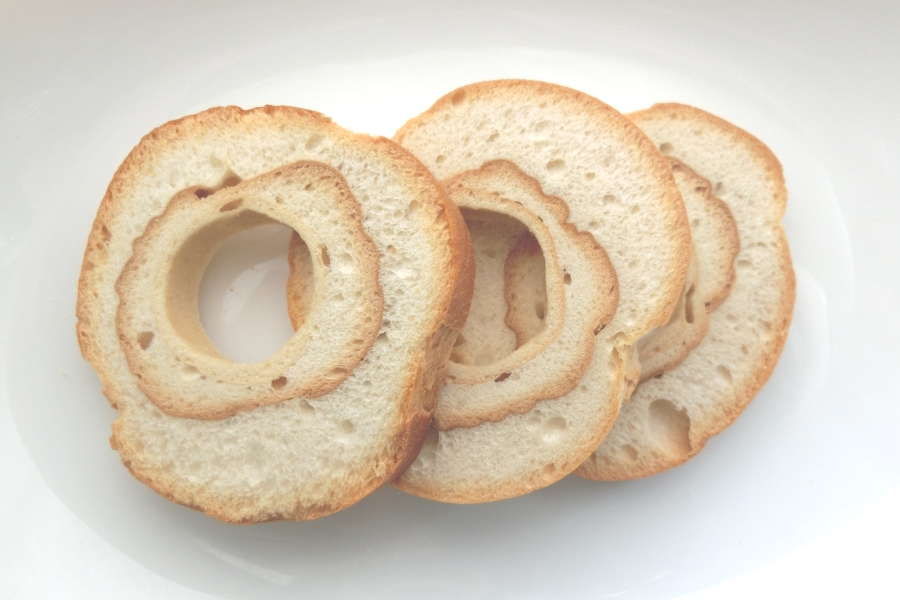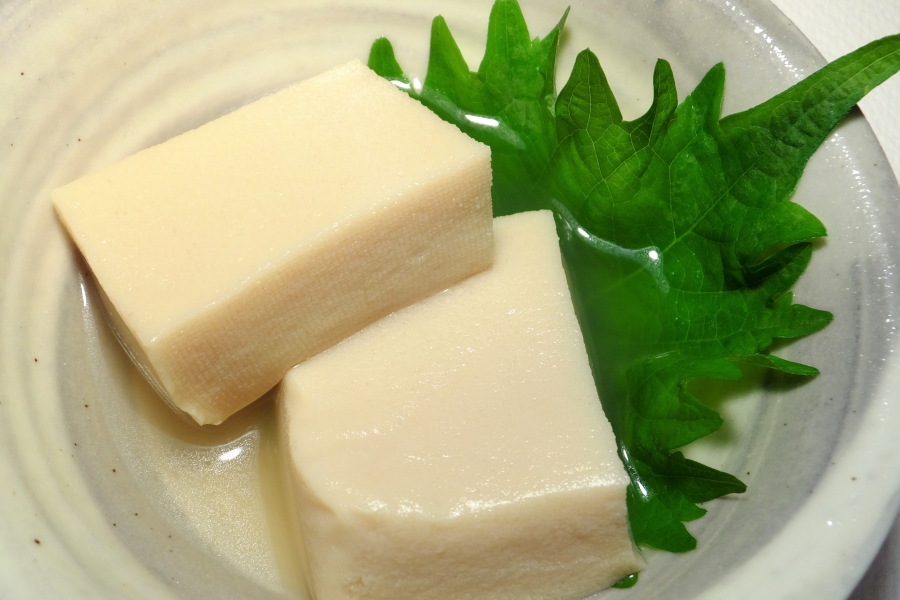Contents: Japanese Dried Vegetables Let’s Make Dried Vegetables! The benefits of dried vegetables Why not try this once you’re familiar with the process! Japanese Dried Vegetables Dried shiitake mushrooms and kiriboshi daikon (dried, shredded daikon radish) certainly come to mind when you think of dried vegetables. They are among the ingredients treasured for their long shelf life and increased nutritional value in dehydrated form. Dried vegetables like these are quietly gaining attention. That is because you can easily make them in a small, sunny space in your garden or on your patio without the need for special tools. The dehydration process removes water content from the vegetables and condenses their natural flavors, so they taste even better than in its […]
Kanpyo is an indispensable ingredient in Futomaki (thick-roll) sushi rolls. Although it appears plain and nondescript, being thin and stringy with no body, when you know more about kanpyo, I guarantee that you will love it and want to eat more of it. Contents: What is Kanpyo? How is Kanpyo Prepared? Nutritional Value Preparation Kanpyo Recipes What is Kanpyo? Kanpyo is the shaved flesh of the bottle gourd dried into thin strips. The white, tidy flowers of the bottle gourd bloom on a summer evening and wither overnight. Contrary to this fleeting image, the vines are full of vigor growing as tall as 20 meters, and the flesh is said to grow as big as 6 to 7 kg. (13 […]
Makurazaki City, in Kagoshima Prefecture, is known as Japan’s top producer of katsuobushi (smoked, dried bonito). Our Wafu Dashi stock is made with an abundance of katsuobushi, produced in Makurazaki without the use of chemical seasonings (including MSG), artificial colors, etc. Thus it boasts more savory character (umami), flavor and mellow sweetness that come from quality fish and natural ingredients. In this article we’ll talk about this additive-free Nijiya Wafu Dashi stock. Contents: “Arakibushi” – Makurazaki Brand Katsuobushi Blending Shiitake Mushroom and Konbu Dashi Stock Granular-type Dashi Stock. That’s Easy to Use Dashi Stock Recipes Pork and Onion Stir-Fry with Ginger Recipe Dashi Simmered Nira and Enoki Mashroom Recipe Daikon with Ground Chicken Recipe Lightly Simmered Asari (clams) and Asparagus […]
Himono refers to a method of food preservation that has existed since the Jomon Period (14,000-300 BC). This method is excellent and convenient as it allows many types of fish to be preserved for consumptions all year round. Himono values the process of “drying” where the umami of the fish is extracted by exposure to the sun’s rays. Contents: The History of Himono Nutrients of Himono Himono Recipes Himono Ratatouille Recipe Himono-no-Sunomono Recipe Himono Mixed with Grated Daikon Recipe Chirashi Sushi with Himono Recipe Fried Dried Fish Recipe The History of Himono Sakana-no-himono is now widely available in the supermarket. The method of preserving fish as himono has apparently been practiced since the Jomon Period (14,000-300 BC): fossils of dried […]
Contents: Fascinating Facts About Fu History of Fu A Variety of Fu Enhance The Flavor of Your Everday Dishes! Eat Fu to Stay Healthy Fu Recipes Dashimaki Tamago (Japanese Rolled Omlete) Recipe Kuruma-fu no Nimono (Simmered Kuruma-fu Dish) Recipe Fu Chanple (Stir-fried fu) Recipe Fascinating Facts About Fu Fu is not bread, nor is it a cracker. It isn’t a snack food, nor is it a staple food. Although it is made from wheat flour, you don’t see fu in the flour-consuming nations of Europe or North America. Fu is a uniquely Japanese specialty. Just like koyadofu (freeze-dried tofu), miso (fermented soybean paste), katsuo-bushi (dried fish flakes), niboshi jako (dried tiny fish), sushi and soba (buckwheat noodles), there is nothing […]
Kiriboshi-daikon is daikon (Japanese radish) that has been thinly sliced and sun dried. Bathed in sun, the strips increase in sweetness and nutritional value. Contents: What is Kiriboshi-Daikon? Kiriboshi-Daikon Recipe Kiriboshi-Daikon & Canned Tuna Salad Recipe Light Kiriboshi-Daikon Salad Recipe What is Kiriboshi-Daikon? When compared to the same weight of raw daikon, kiriboshi-daikon contains fifteen times more calcium to strengthen bones and teeth, 32 times more iron to prevent pernicious anemia, and ten times more vitamins B1 and B2 to support metabolism. Because the volume decreases to approximately one tenth when dried, kiriboshi-daikon is a more efficient way to absorb nutrients. As a rich source of dietary fiber, it improves digestion and promotes beautiful skin. Kiriboshi-daikon is effective in weight-loss […]
Nobody knows who came up with koyadofu first, though it’s certainly a traditional Japanese flavor that dates back to ancient times. Koyadofu is made simply from soybeans, and has long been enjoyed throughout Japan under the names “Shimi-dofu” or “Koyasan-dofu.” It looks just like a hard sponge, and it doesn’t even appear to be edible or fresh. Koyadofu could have been destined to simply die out, but now it is appreciated for its distinctively high nutritional value. Koyadofu is an excellent, storable healthy food that Japan can boast to the world. Its nostalgic taste is now becoming increasingly popular and is soon to emerge as a dynamic influence on modern cooking. Contents: What is Koyadofu? The Nutritional Value of Koyadofu […]
Contents: Tororo Kombu is one of many processed kombu product Tororo Kombu Recipe Tororo Kombu is one of many processed kombu product There are many types of kombu (=kelp). Despite the fact that kombu is known to be rich in nutrients, many of us use it only for stock because we do not know exactly how else to use it in cooking. Tororo-kombu, also known as shredded kombu, is one of many processed kombu products. It is made from giant kelp and/or Larninaria ochotensis known as “Rishiri-kombu.” Thinly sliced pieces of the kombu are pressed by laminating and cut against the grain into thin strips. In the Hokuriku region, in particular, many varieties of tororo-kombu are available with different ingredients […]







